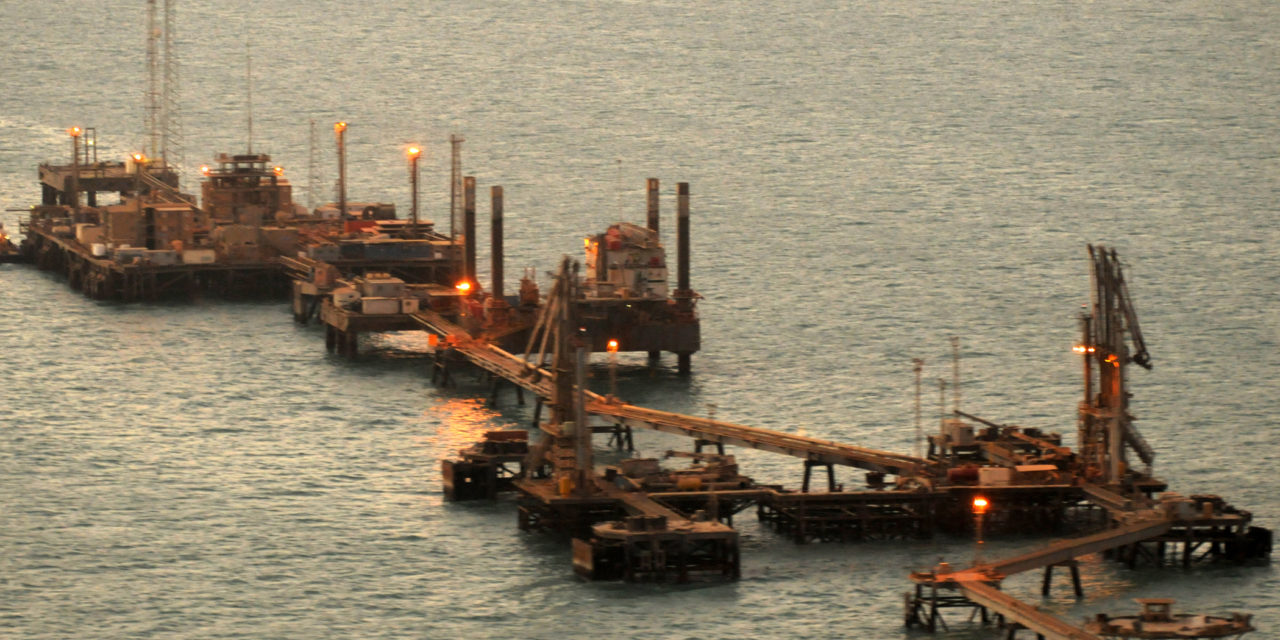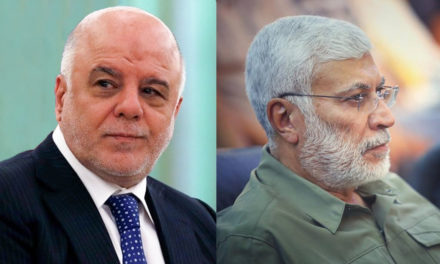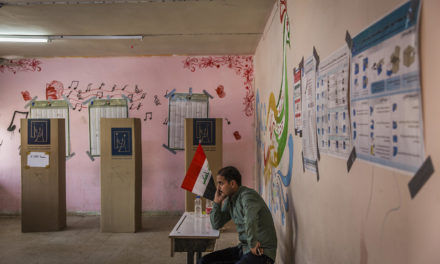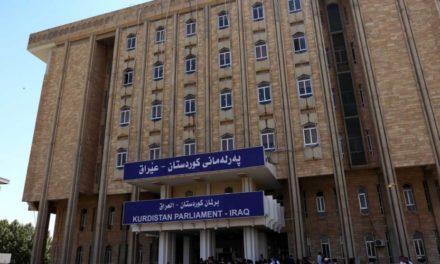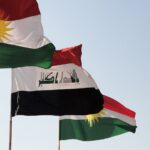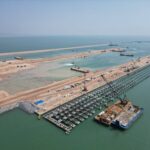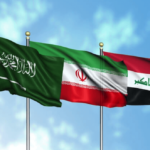Iraq’s Khawr Al-Amaya Oil Platform
During my last visit to the United States, I had the pleasure of visiting many American states including Alaska, giving a series of lectures under the title of “Beyond the war zone: What is next for Iraq”. Although the focus of my talks was on Iraq, I was also keen to learn from Alaska’s own experience of having a rentier economy in which the majority of Alaska’s revenue is generated from oil production and exportation. As a result I met with key officials in the State’s energy and fund management departments. Below are some interesting facts and lessons to take away as Iraqis for our own situation.
Alaska provides many benefits which other American states do not, these include: government employees get generous overtime pay (1.5 regular rate) for exceeding eight hours of work on a day. In addition, Alaska has a minimum wage of $9.84 per hour, which is higher than most other American states, and it forgoes sales tax and income tax. On the other hand the State unemployment rate is at 7.3% (national rate of 4.1%).
Looking back at the start of this new phenomenon to Alaska, it was during the construction of the Trans-Alaska Pipeline in the 1970’s, oil companies flooded state coffers with money paid for leases to explore and secure drilling rights. All $900 million of that initial lease money was spent within a few years. Alaskans then realized that they were about to receive much more money from oil when the pipeline was complete. They wished to better safeguard their robust income forthcoming from the pipeline, however their state constitution did not allow for dedicated funds. Therefore, Alaskans voted in 1976 to amend the constitution to put at least 25% of the oil money into a dedicated fund: the Permanent Fund. They thought this would save money for future generations, when oil is no longer their major source of income. By March 31, 2018 the Fund ended with assets under management totaling $64.6 billion.
As for oil production, it started during the 1970’s and during the 80’s and 90’s it peaked at 2 million barrels per day. For the last 17 years it has been declining steadily and production is now with just under half a million barrels per day. When the global crude oil prices collapsed in late 2014, it had a significant impact on their revenue but less of an impact on the annual Fund’s payments. This was due to fund managers benefiting from a surging stock market as well as real estate and private equity investments.
Annually, every Alaskan receives a very generous oil revenue dividend. This year it will be more than $1,600 per person and the only condition to be eligible for it is that one must reside there for a full calendar year. This payment to Alaskans is derived from a formula averaging the Permanent Fund earnings over a five-year period. Theoretically this year’s dividend was estimated to be $2,700. However, it was reduced by legislative action. On the plus side, this annual payout is credited with keeping many low-income Alaskan families out of poverty.
This sharp drop in state revenue has contributed to big structural deficits for both current and future deficits. The state deficit for this year might stand at $2.7 billion, which could be reduced to about $700 million, if lawmakers pass a law tapping the Permanent Fund. With current economic structure of the State, even if reform of its Permanent Fund earnings system takes place, this will still likely leave Alaska with a substantial deficit. The existence of the Permanent Fund and even more the Permanent Fund Dividend, make fiscal politics in Alaska more difficult and complex than in other U.S. states.
Finally officials of the state of Alaska are finding out that transition to move away from heavy dependency on oil revenue is not easy. Alaska’s challenge is psychological and cultural and not just fiscal and political. Here Alaska’s officials face a particular challenge since massive oil revenue has made it relatively easy for officials to accommodate many requests for spending. Now with the sharp decline in oil revenues it is forcing government officials to transition to a new reality of saying no and hence being unpopular.
Let us now talk about our own country of Iraq, as the above notes and facts look similar to our own economic and fiscal challenges. True, our oil industry is much larger and hence opportunity for windfall from oil prices increase is bigger. However, Alaska has only a population of less than seven hundred thousand, while we are getting closer to forty million. We urgently need to learn from other countries’ positive steps and mistakes, otherwise our children and grandchildren will pay for our mistakes and greed, as it is surely still in our hands to fix.

Lukman Faily
Lukman Faily served as Iraqi ambassador to Japan and the United States.

